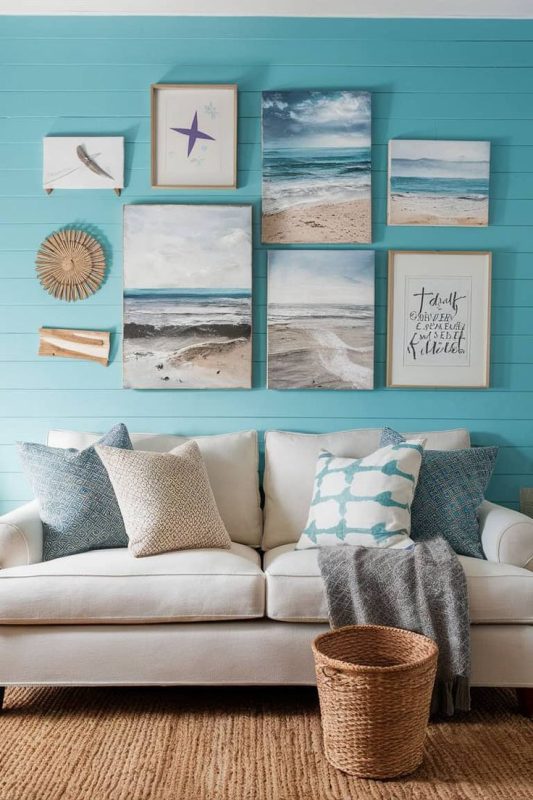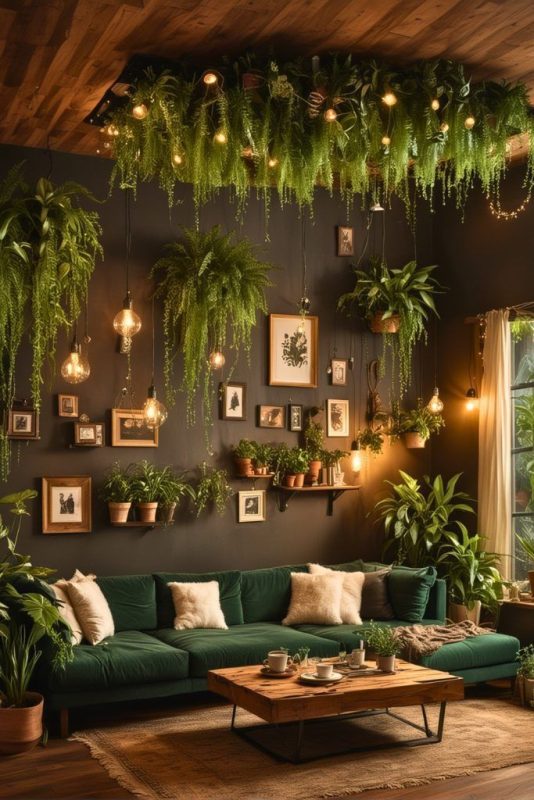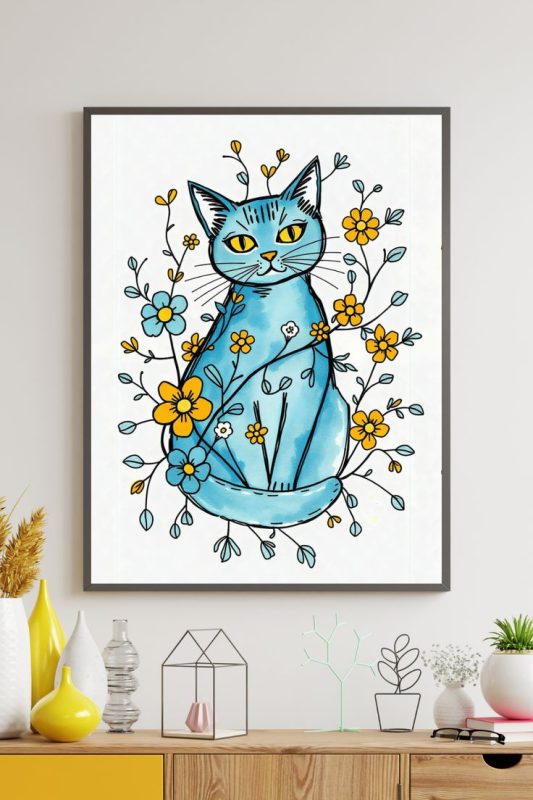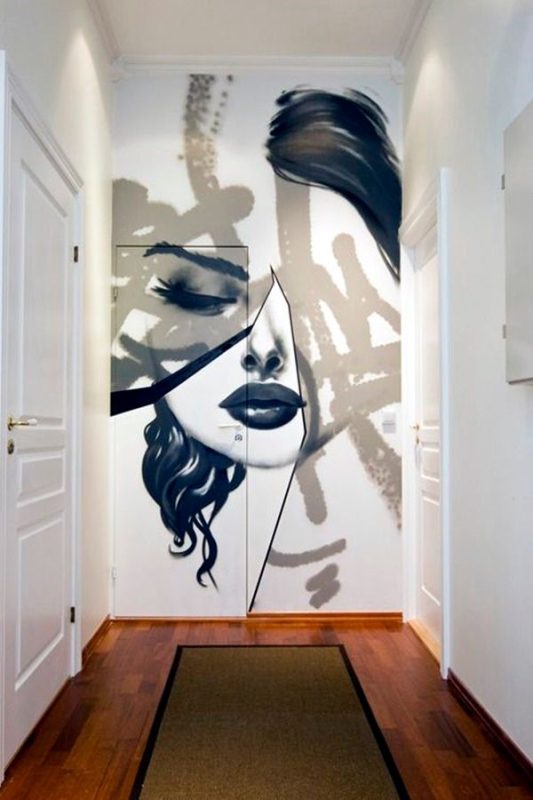Blog
How Interior Designing Transforms Spaces and Lifestyles: A Deep Dive into Why It Matters More Than You Think
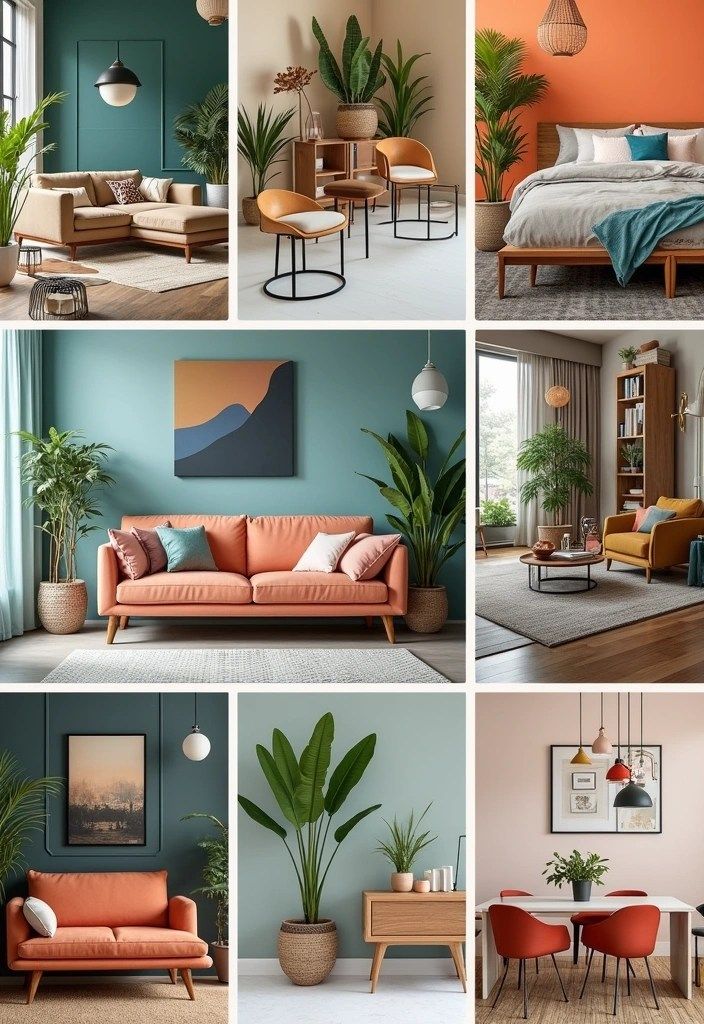
Interior designing is no longer reserved for luxury homes and high-end hotels—it’s becoming an essential part of how people live, work, and interact with their surroundings. As we spend more time indoors than ever before, the way our spaces are designed has a direct effect on our comfort, productivity, and emotional well-being. Yet, many are still unaware of the true value and purpose behind professional interior designing.
 What Is Interior Designing, Really?
What Is Interior Designing, Really?
Interior designing is the art and science of enhancing interior spaces to make them more functional, comfortable, and visually appealing. It’s not just about furniture placement or picking out trendy colors—it’s a thoughtful process that balances beauty and usability. Professional designers consider light, texture, space flow, ergonomics, mood, and personal needs when shaping a room.
This tailored approach is what separates random decorating from true design. Whether you’re living in a compact city flat or managing a large commercial space, a designer brings structure, efficiency, and creativity to the project.
Changing Perceptions: Interior Designing Is Not Just for the Elite
A common misconception is that interior designing is only for the wealthy. But that couldn’t be further from the truth. In fact, interior design is increasingly becoming accessible to everyday people, especially with the rise of online consultations and flexible design packages.
Take, for instance, a young couple setting up their first home. A designer can help them create a comfortable, stylish environment without breaking the bank. They might suggest budget-friendly interior design for small apartments, using space-saving furniture, clever color schemes, and smart lighting—all while working within a modest budget.
Interior design isn’t about spending more—it’s about spending smart.
Creating Purposeful Spaces That Reflect You
One of the most powerful benefits of interior design is its ability to create a space that reflects your personality and lifestyle. Think about how you want your home to feel—warm and welcoming, sleek and modern, calm and minimal?
Designers use your preferences and daily habits to guide choices. For example, if you’re someone who works from home and needs mental clarity, a designer might create a dedicated workspace that supports your routine with functional home office interior designs. This could include ergonomic furniture, natural lighting, and clutter-free storage—all while blending with the overall style of your home.
When your space supports your life, everything flows better.
 Small Spaces, Big Impact
Small Spaces, Big Impact
Not everyone has sprawling rooms to play with. But that’s where good design shines the most. One of the key goals of professional designers is to make the best use of available space, especially in urban living situations where every inch counts.
Through smart interior design solutions for compact homes, designers can transform tiny rooms into multifunctional, breathable spaces. Foldable furniture, vertical storage, reflective surfaces, and open shelving are just a few techniques used to make small spaces feel bigger and more usable.
Design turns limitations into opportunities.
Emotional Well-Being Through Design
The spaces we inhabit deeply influence how we feel. Colors can uplift or calm us. Layouts can stress or soothe us. Lighting can energize or relax us. Interior designers know how to use these tools to create environments that promote emotional balance.
Imagine walking into a home that instantly puts you at ease—a blend of textures, lighting, colors, and furniture that feels just right. That’s the result of intentional design. Whether you’re seeking relaxing living room interiors for mental wellness or a peaceful reading nook to unwind, design plays a central role in shaping your mood.
More than just “nice to have,” good design is a wellness tool.
Style + Function = Everyday Luxury
Luxury is often thought of in terms of price, but in interior design, luxury is also about experience. It’s in the little things—like having a designated spot for your morning coffee, warm lighting in the bedroom, or a hallway that doesn’t feel cramped.
This is where elegant yet functional interior design ideas for daily living come into play. Designers strive to make your everyday tasks smoother and more enjoyable, turning even the simplest routines into small moments of delight. A well-placed mirror, a soft area rug underfoot, or the perfect reading lamp—these details change how you experience your space.
That’s everyday luxury—made accessible.
 Sustainability and Interior Design
Sustainability and Interior Design
Another emerging aspect of modern interior design is sustainability. Designers today are more aware of eco-friendly materials, energy-saving layouts, and sustainable sourcing. They’re finding innovative ways to blend sustainability with style.
From using repurposed wood in your dining table to incorporating eco-conscious interior design practices for modern homes, today’s designers are making it easier for clients to go green without compromising aesthetics.
Being eco-friendly can be stylish, comfortable, and surprisingly affordable when guided by a knowledgeable designer.
Interior Designing for Life Transitions
Interior designing isn’t just for new homes or renovations—it’s also valuable during life changes. Whether you’re welcoming a new baby, caring for an elderly family member, or adjusting to a remote work lifestyle, your space needs to evolve with you.
Designers help by creating adaptive, flexible environments. A spare room becomes a nursery. A garage turns into a gym. A dining room doubles as a workspace. With professional insight, these transitions feel seamless and intentional.
Final Thoughts: Interior Design Is for Everyone
Interior designing is no longer a hidden luxury for the few—it’s a practical, enriching tool available to everyone. It’s about creating spaces that support your lifestyle, reflect your identity, and promote your overall well-being.
From budget-friendly interior design for small apartments to elegant yet functional interior design ideas for daily living, the possibilities are endless when your space is designed with purpose.
By investing in thoughtful design, you’re not just changing how your home looks—you’re changing how it feels to live there. And that’s something worth being aware of.

 What Is Interior Designing, Really?
What Is Interior Designing, Really?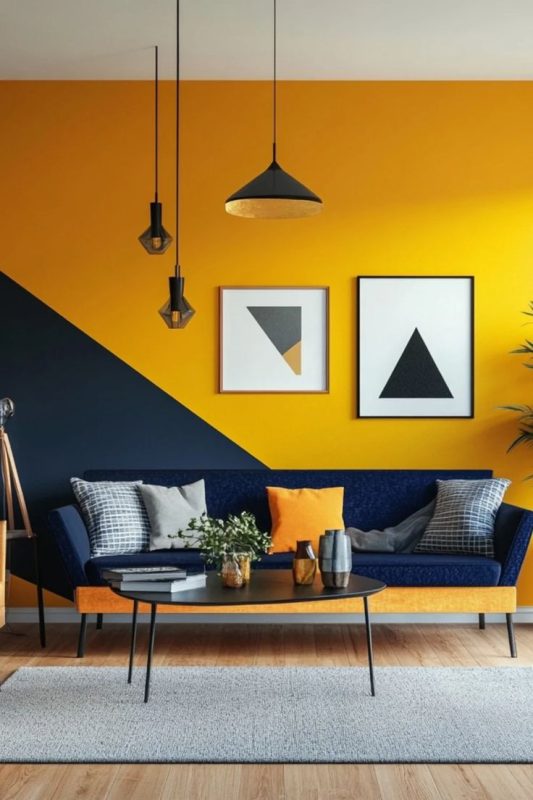 Small Spaces, Big Impact
Small Spaces, Big Impact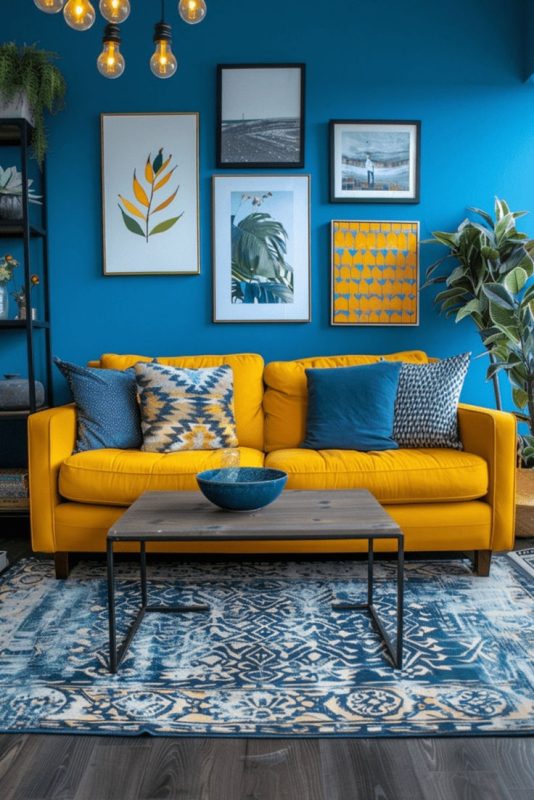 Sustainability and Interior Design
Sustainability and Interior Design
